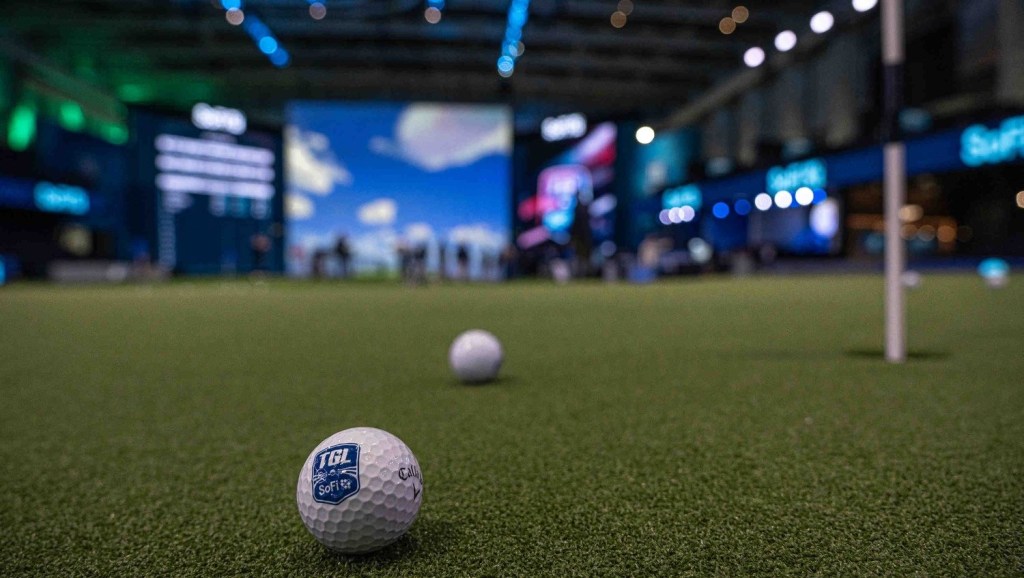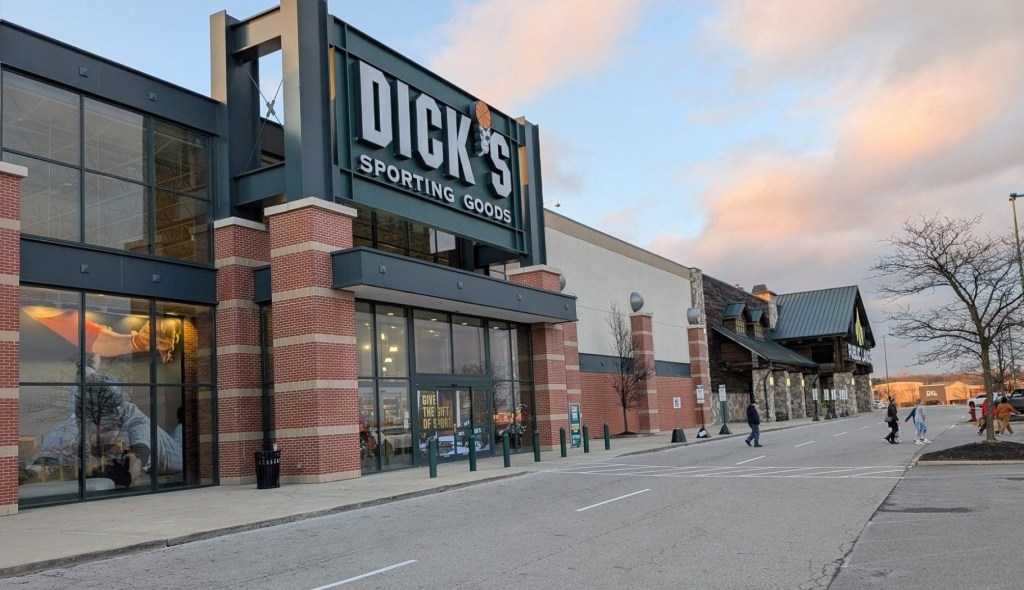Roughly one in seven Americans played golf in 2022, resulting in a direct economic impact of $101.7 billion, according to a new study from the American Golf Industry Coalition.
It’s a dramatic 20% increase from golf’s $84.1 billion economic impact that the same study found in 2016. The new study, which was published Tuesday on National Golf Day, says golf’s overall participation in the U.S. has reached 41.1 million people, up from 32 million in 2016.
Last year, almost half (48%) of all golf participants—which includes courses, driving ranges, mini golf, and other golf entertainment venues—were between six and 34 years old. The American Golf Industry Coalition’s study is being touted on the PGA Tour’s website.
“The reality is we’re seeing a rapid evolution of a centuries-old game, with changes that were happening well before the pandemic-driven surges in participation and play,” National Golf Foundation CEO Joe Beditz told the PGA Tour. “These changes are shaping the future of golf in a lot of positive ways. Golf’s participant base isn’t only increasing, it’s getting more diverse – younger, more females, more people of color. More like the U.S. population overall.
The sport’s efforts to reach younger demographics are being boosted by popular golf entertainment facilities from companies such as Callaway’s Topgolf, Drive Shack, and PopStroke, whose investors include Tiger Woods and TaylorMade.
Rory McIlroy has also invested in immersive mini-golf startup Puttery while competing mini-golf brand Puttshack raised $150 million last year.

















